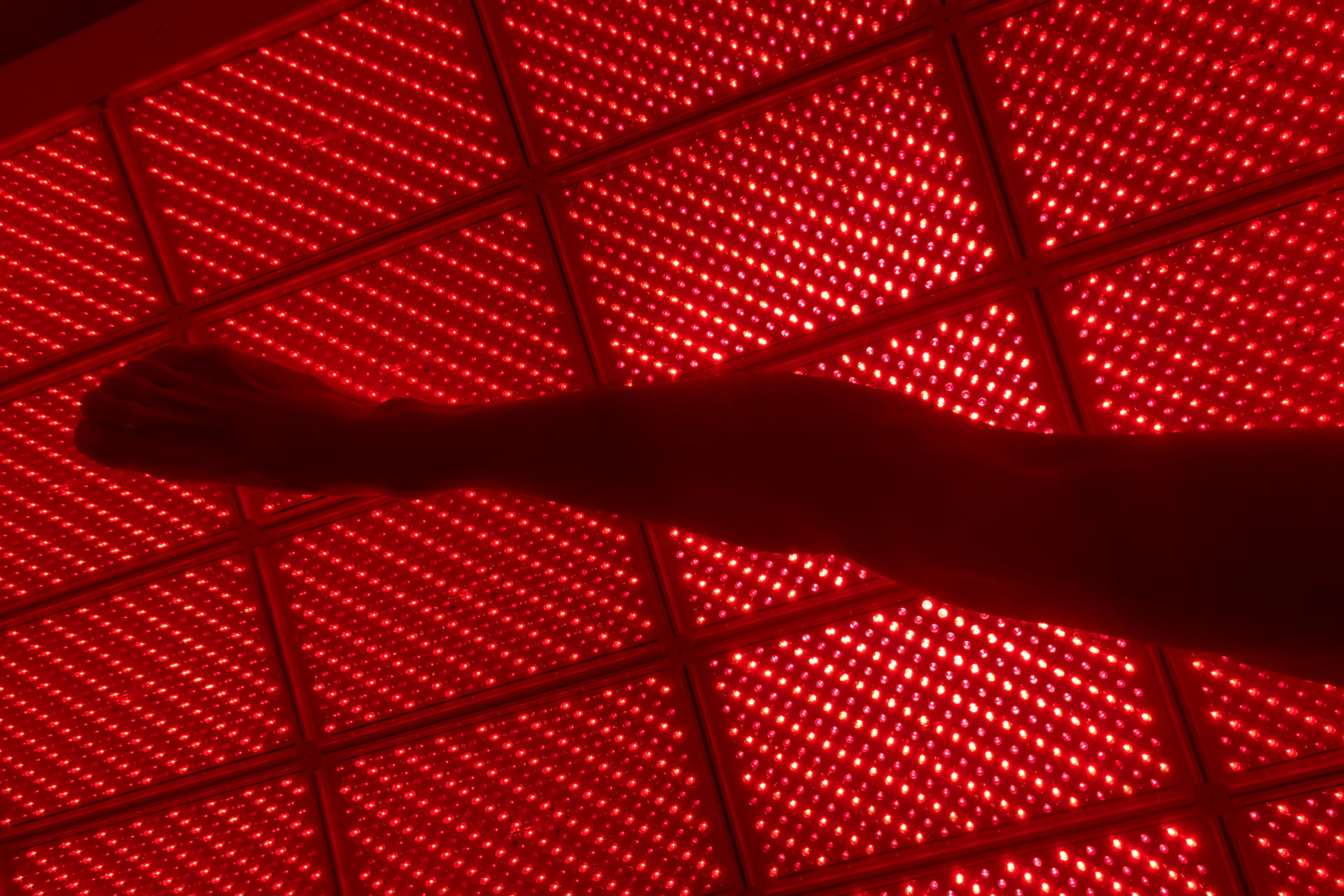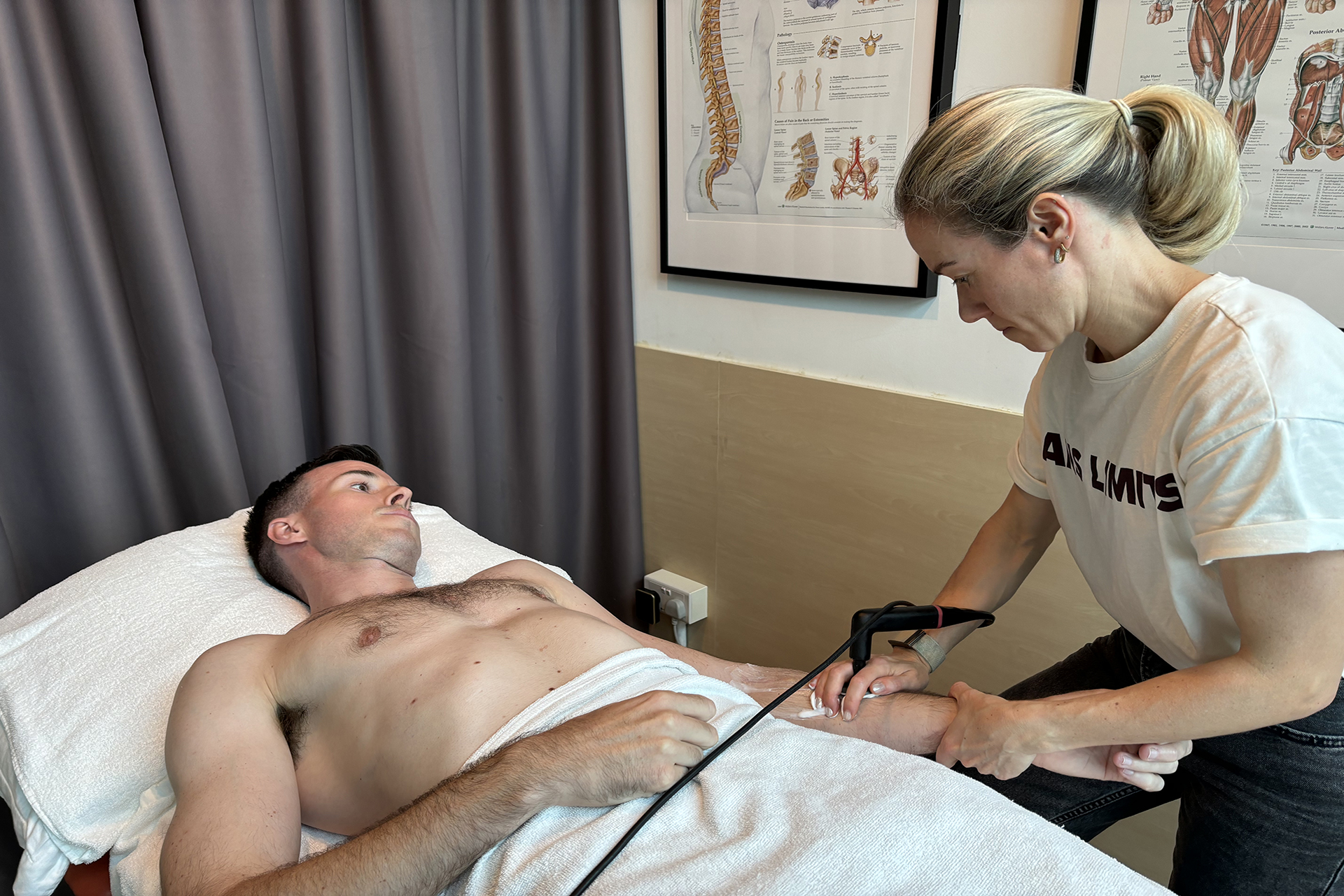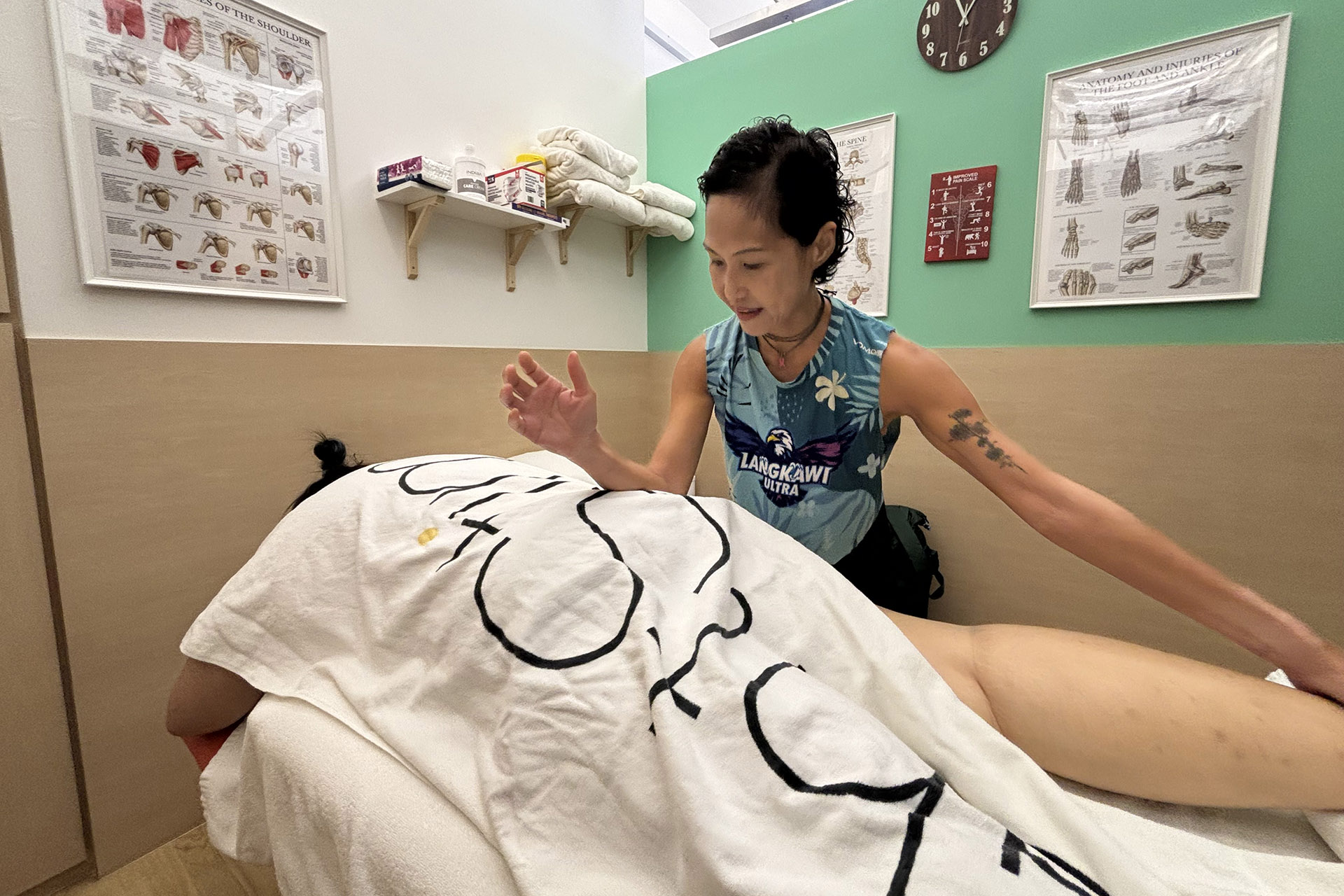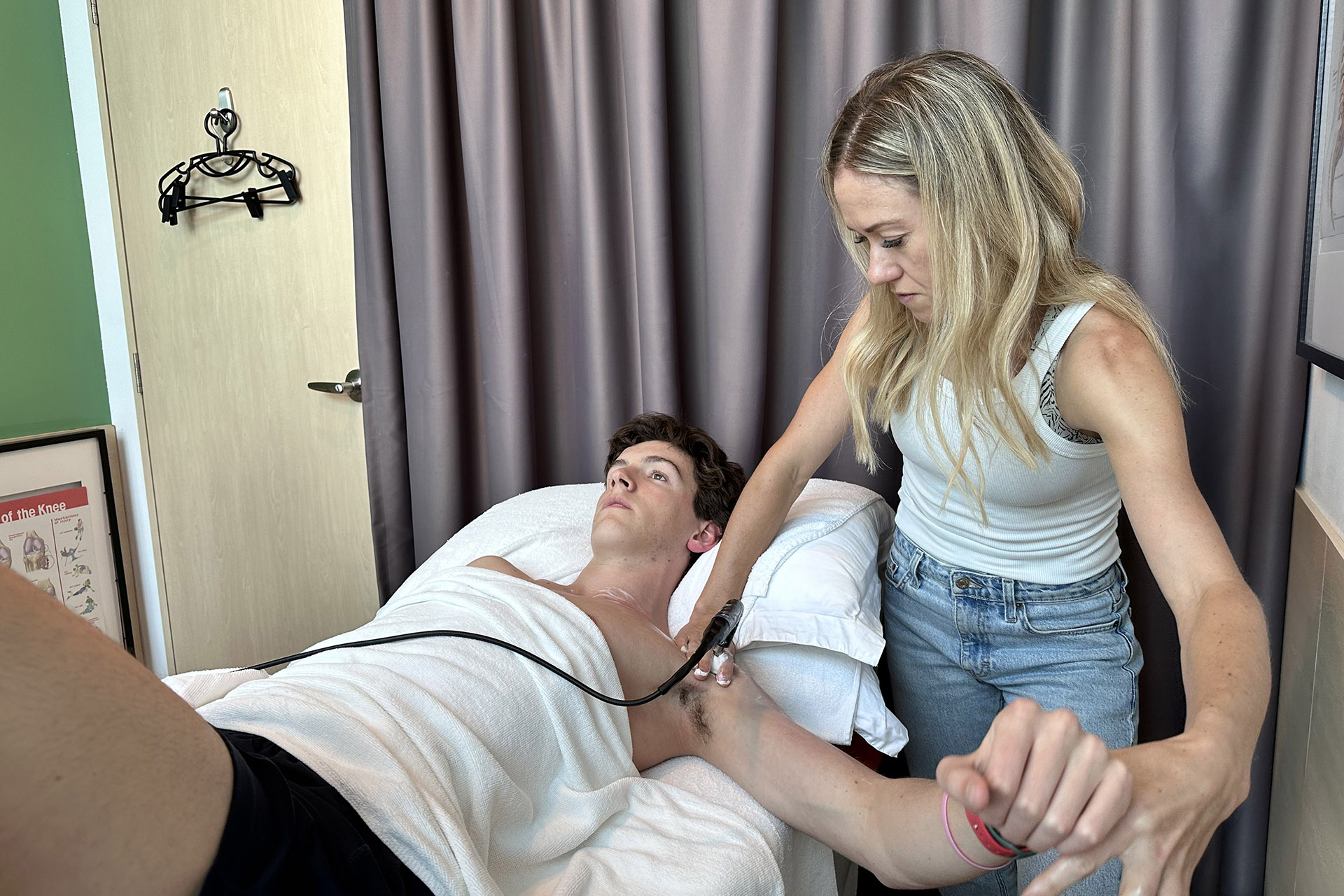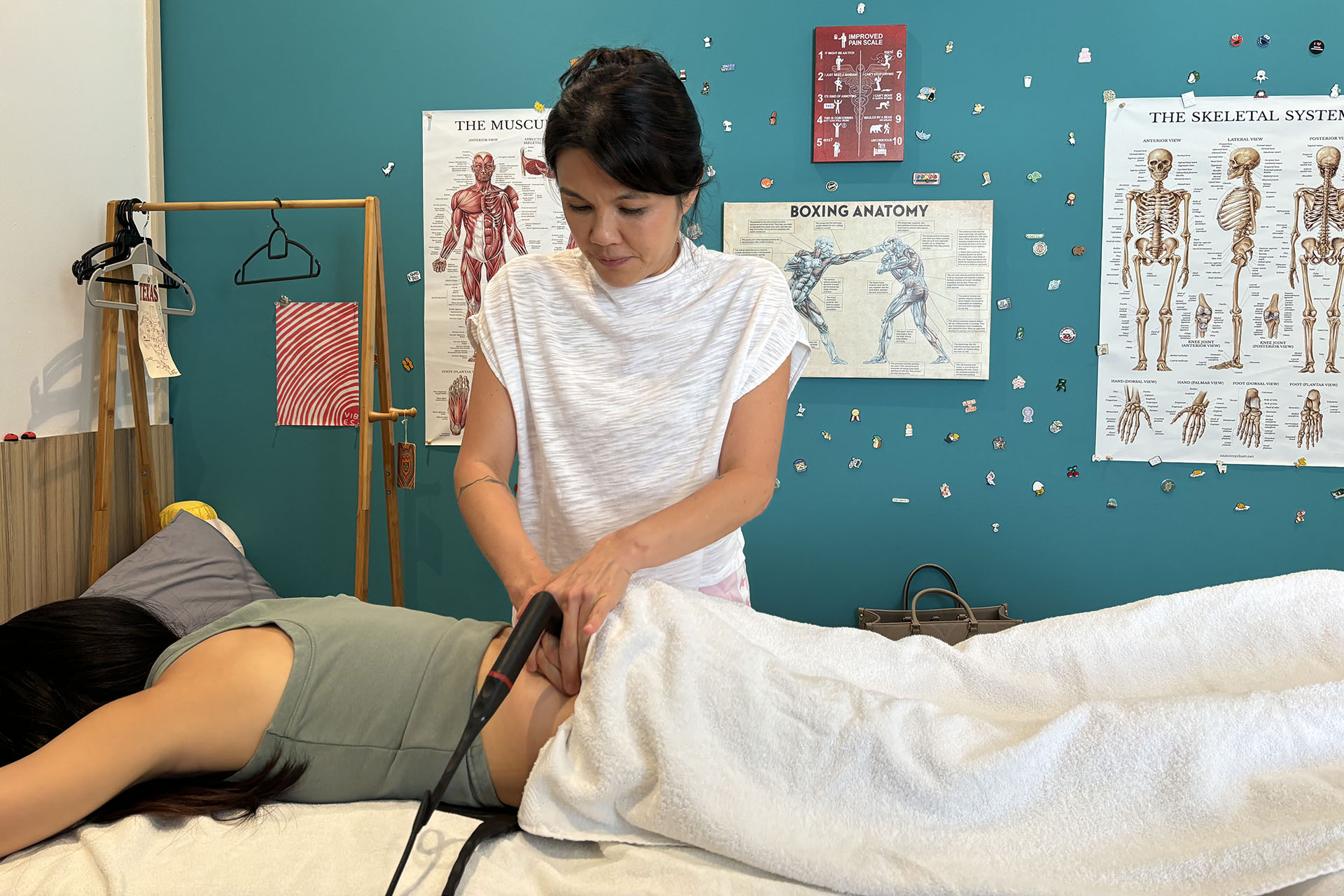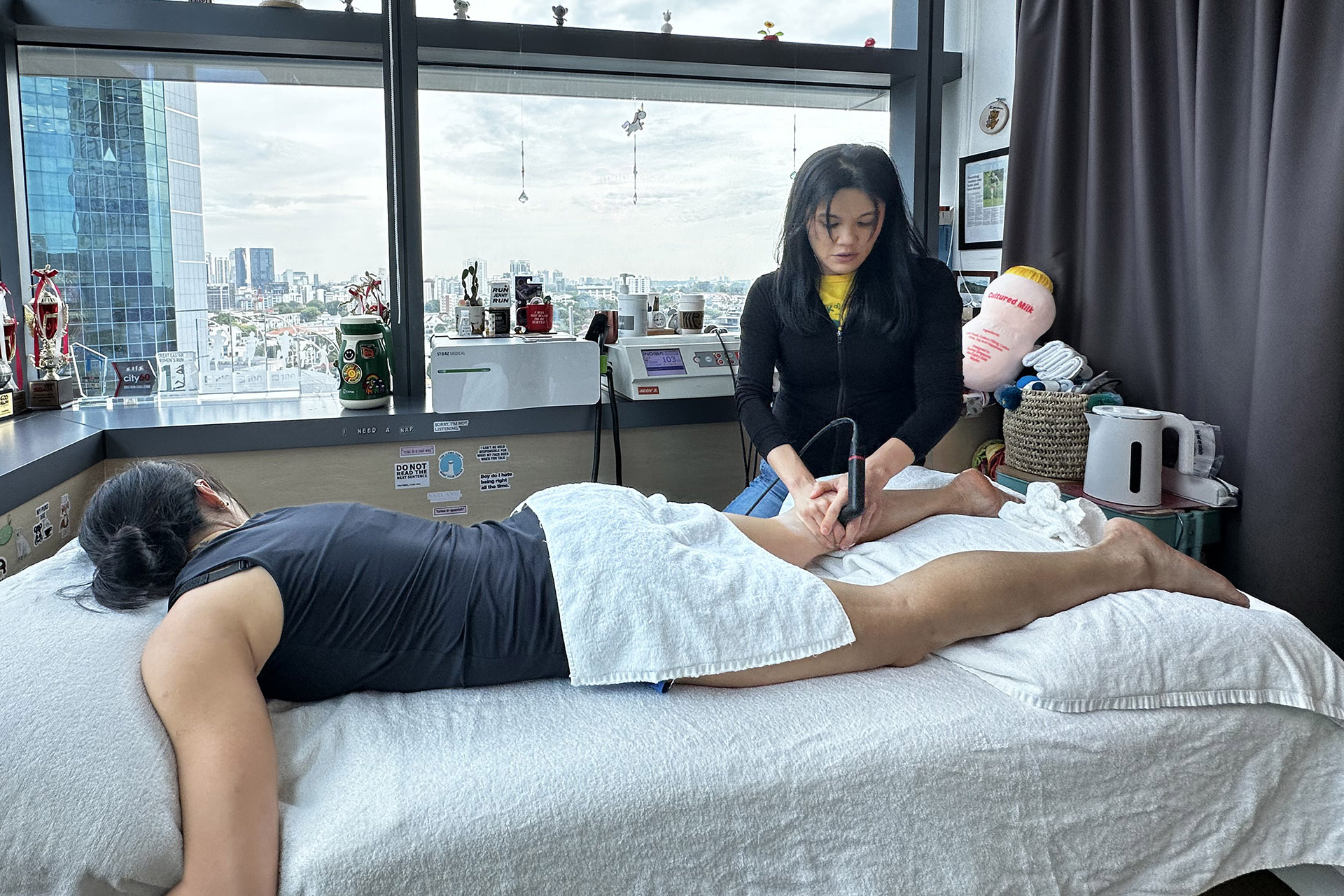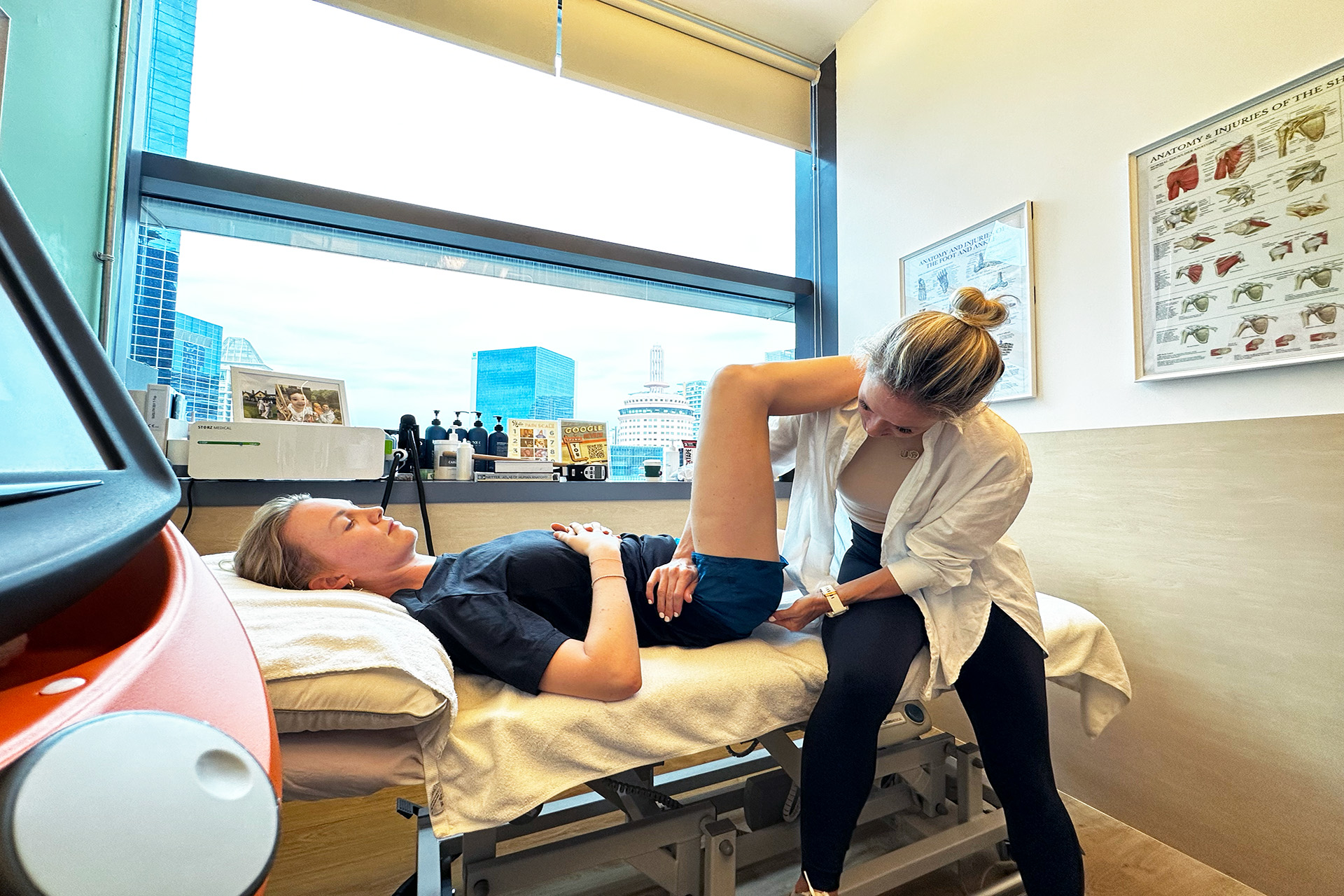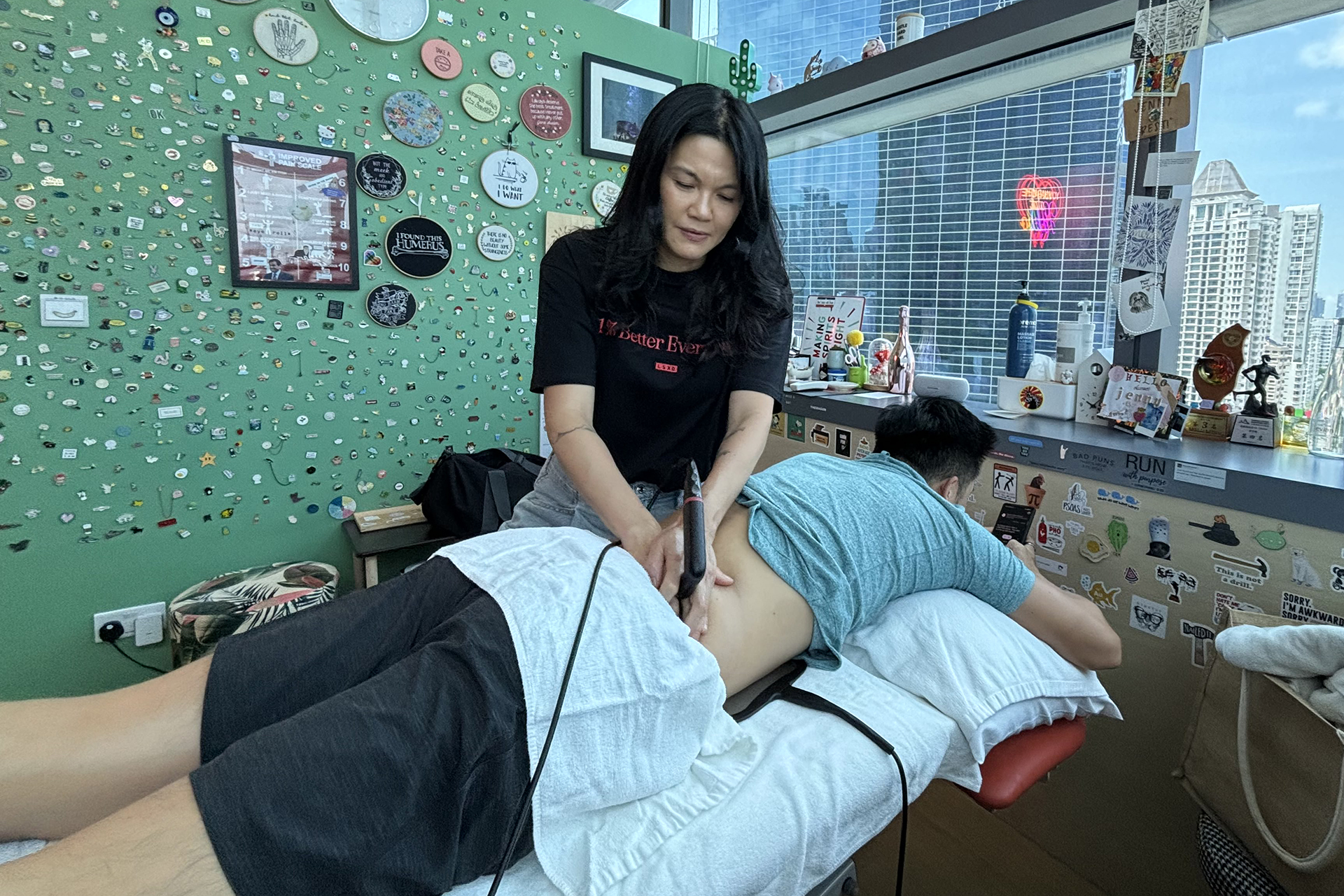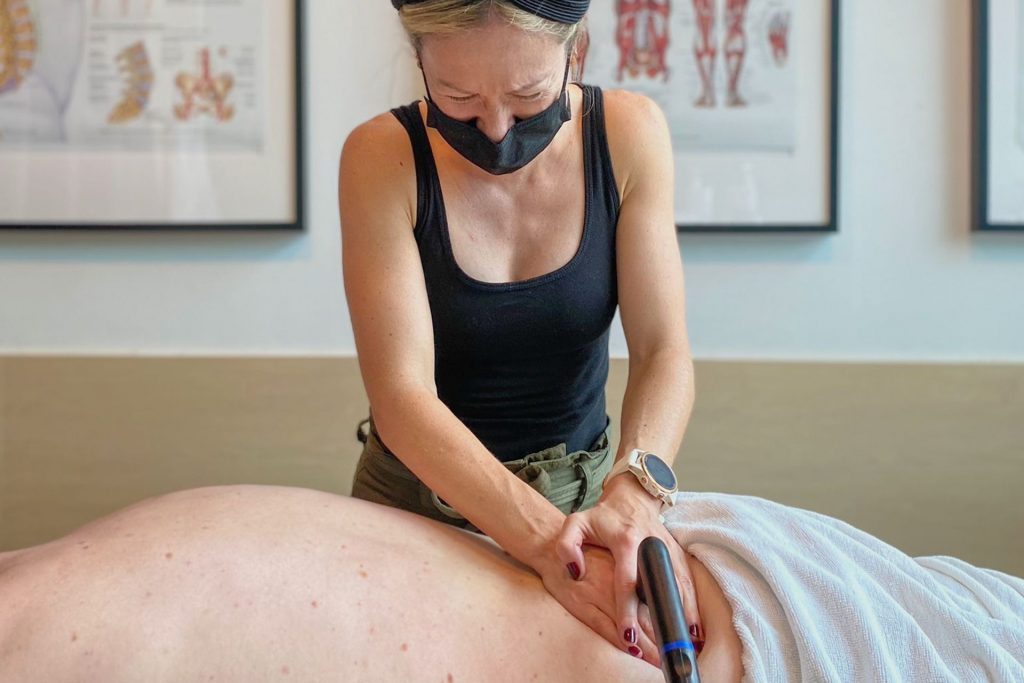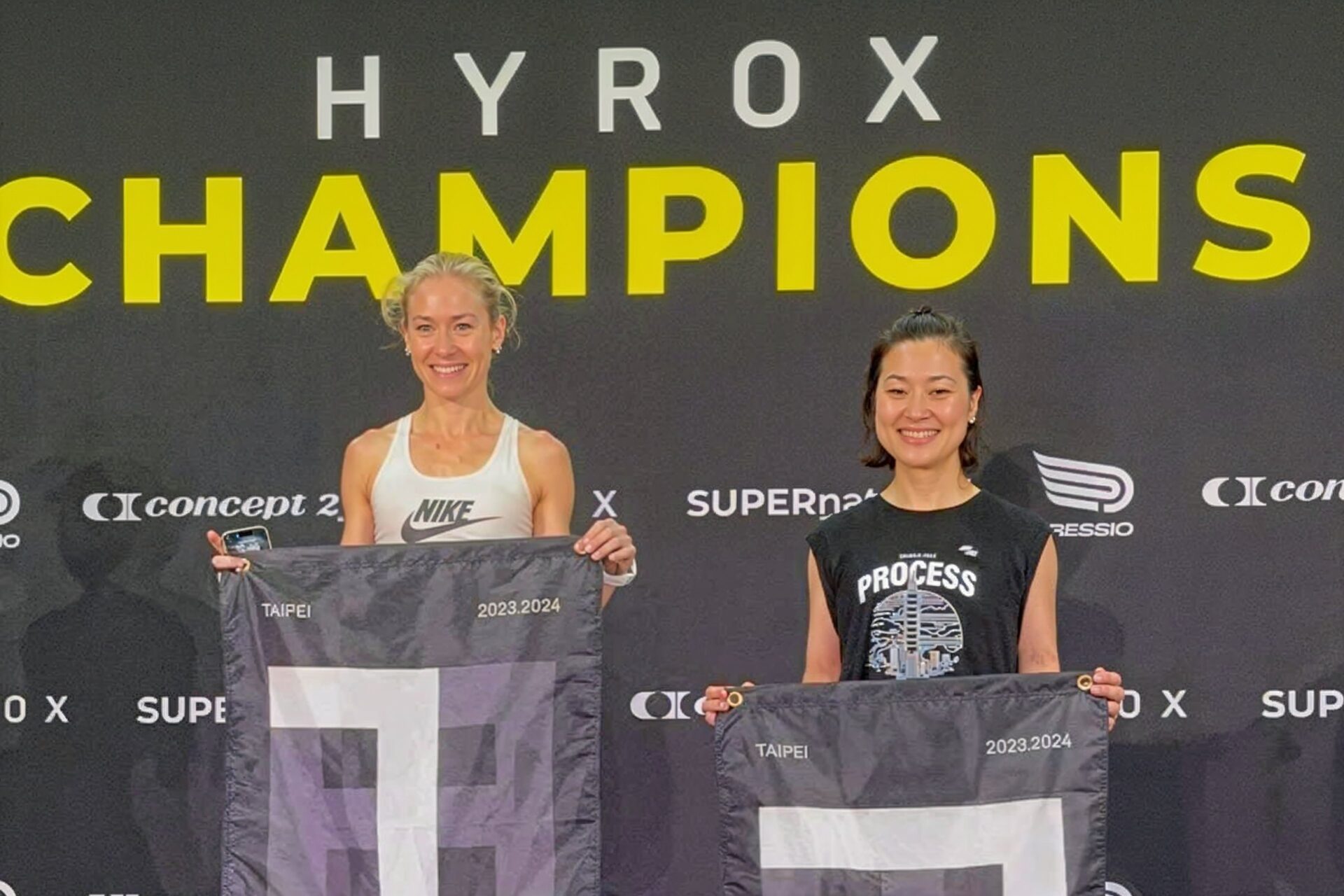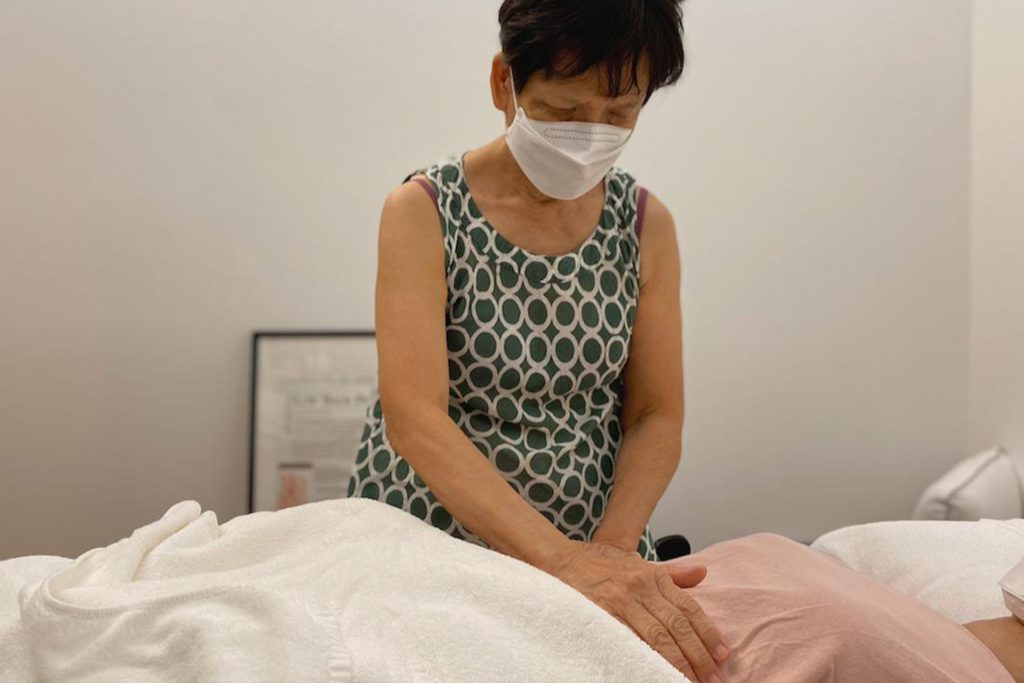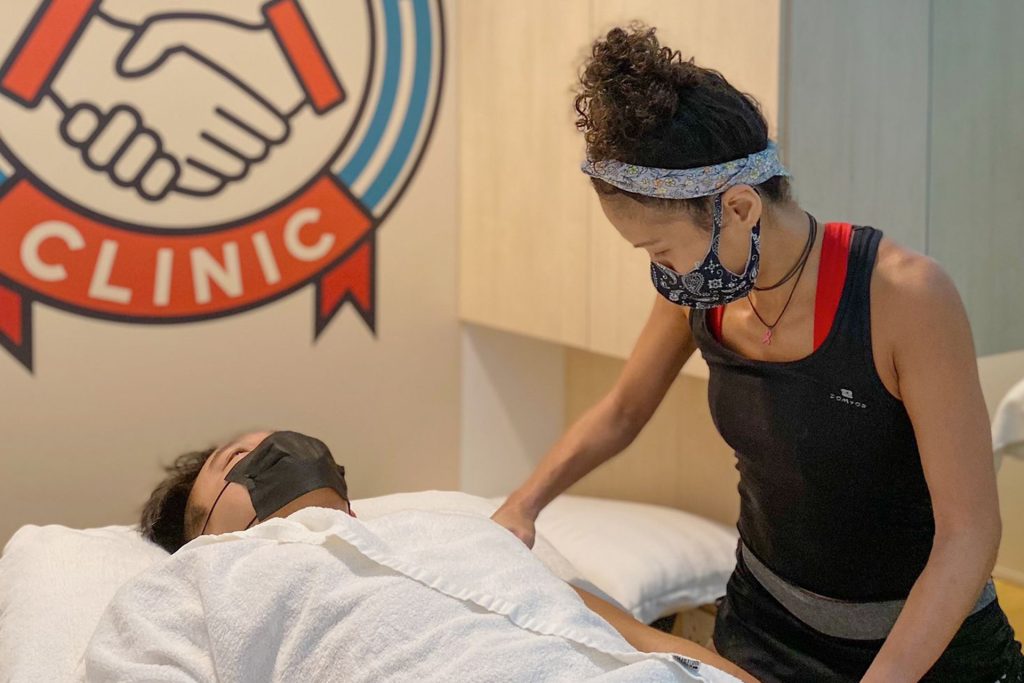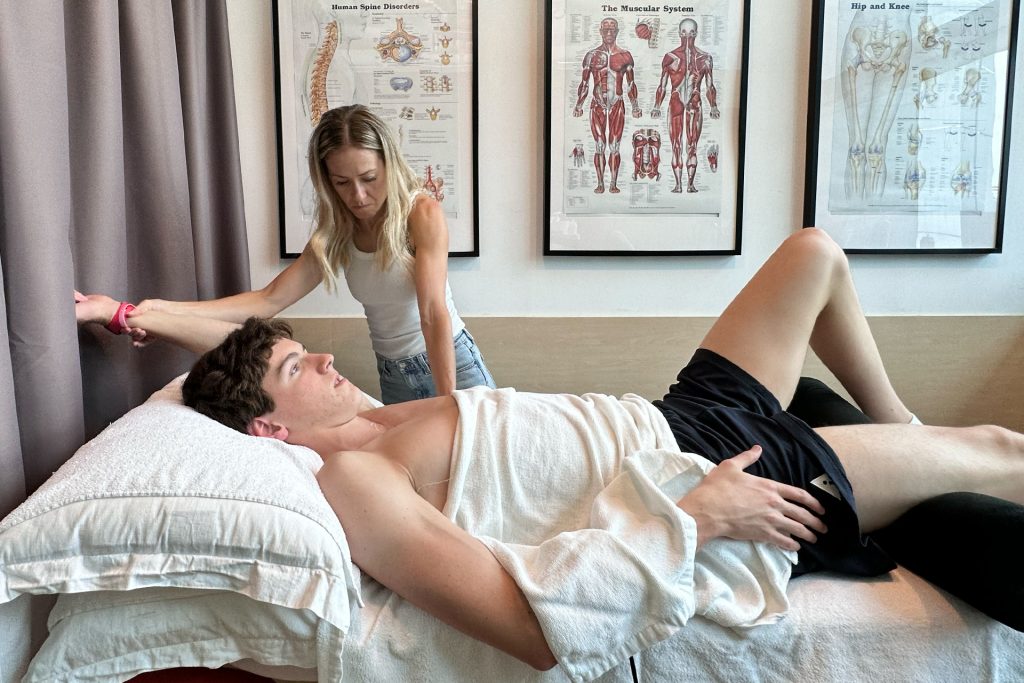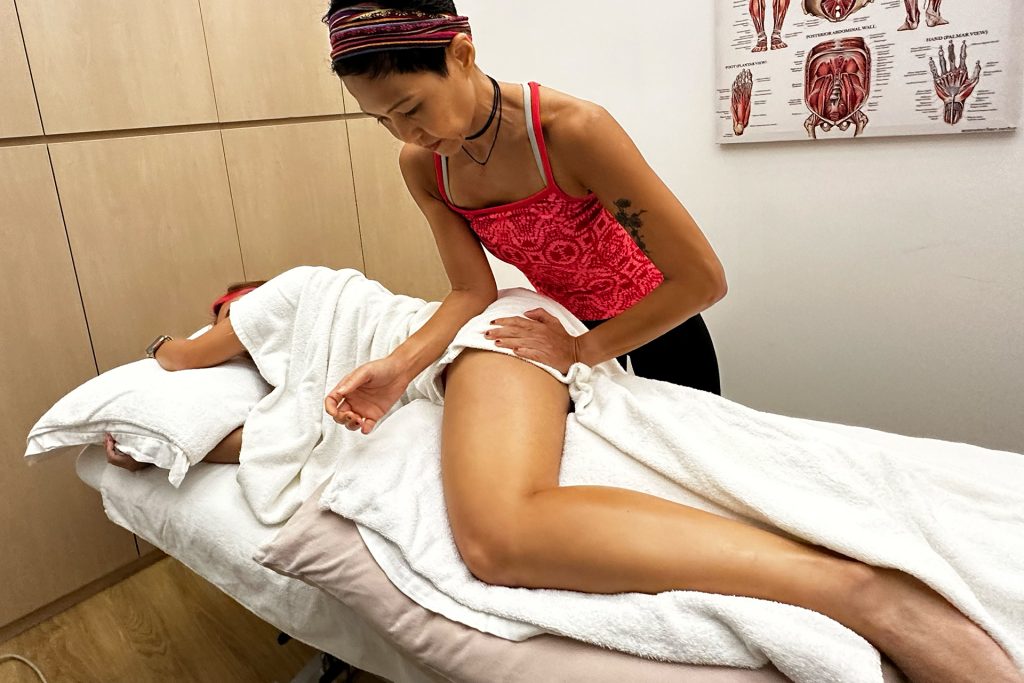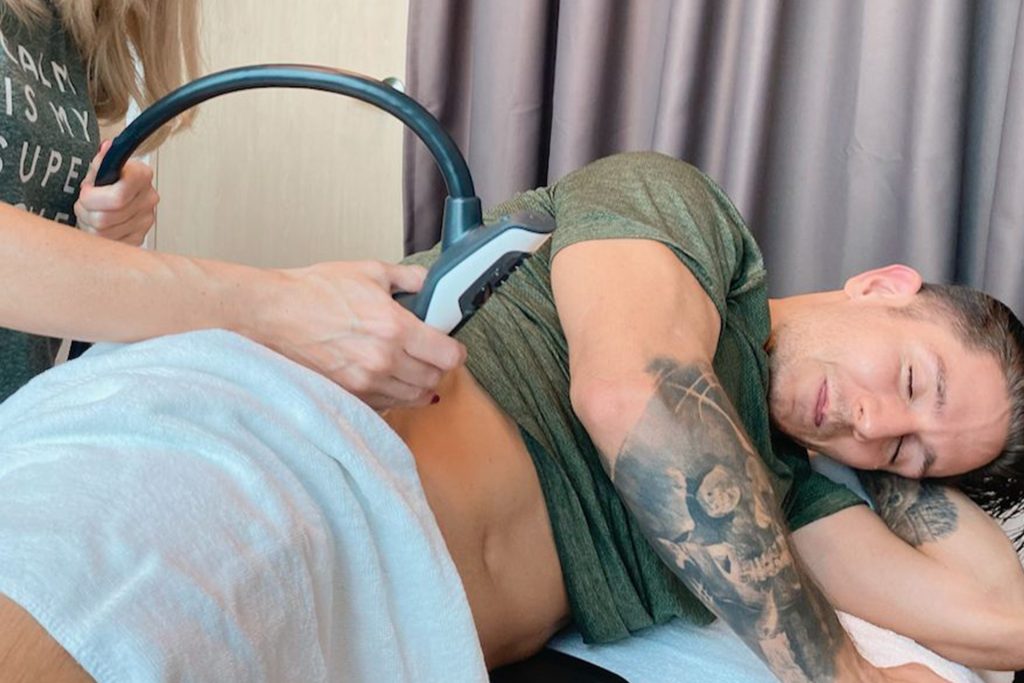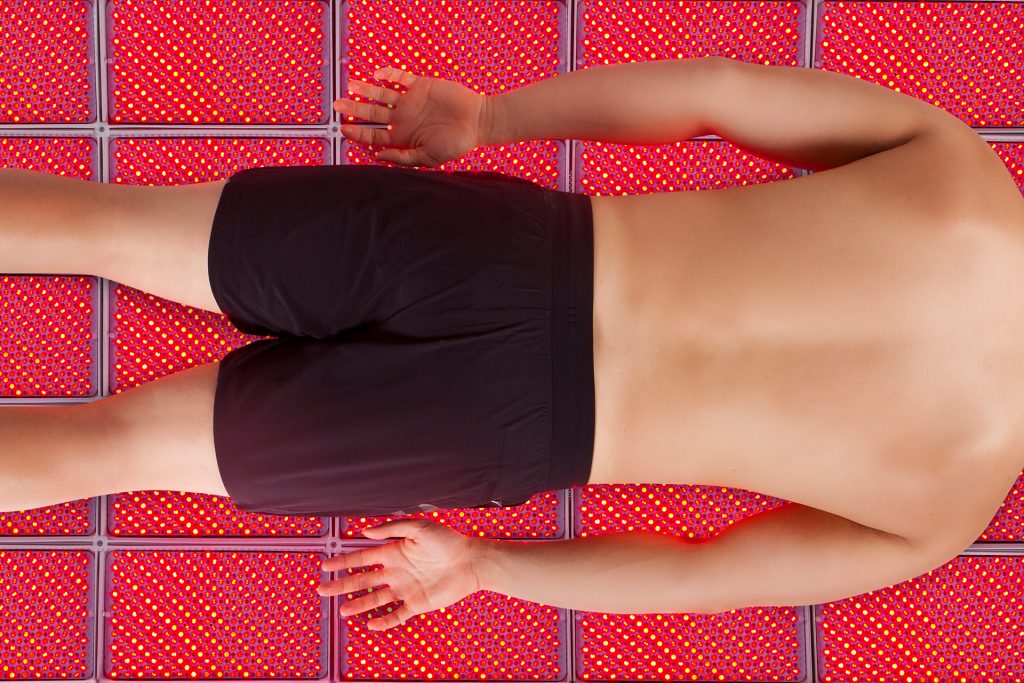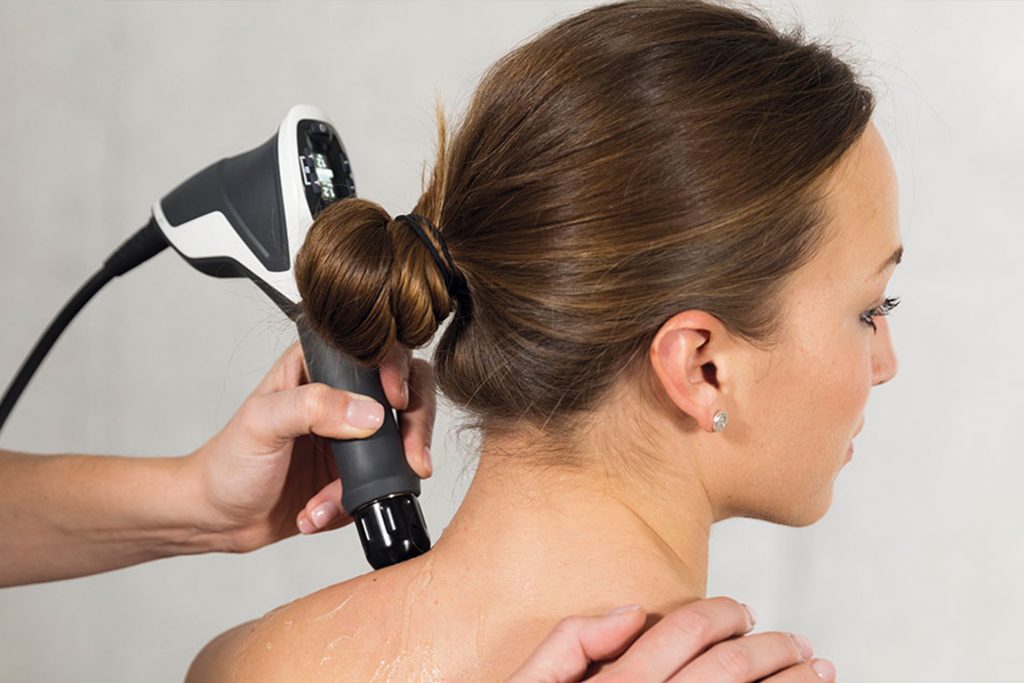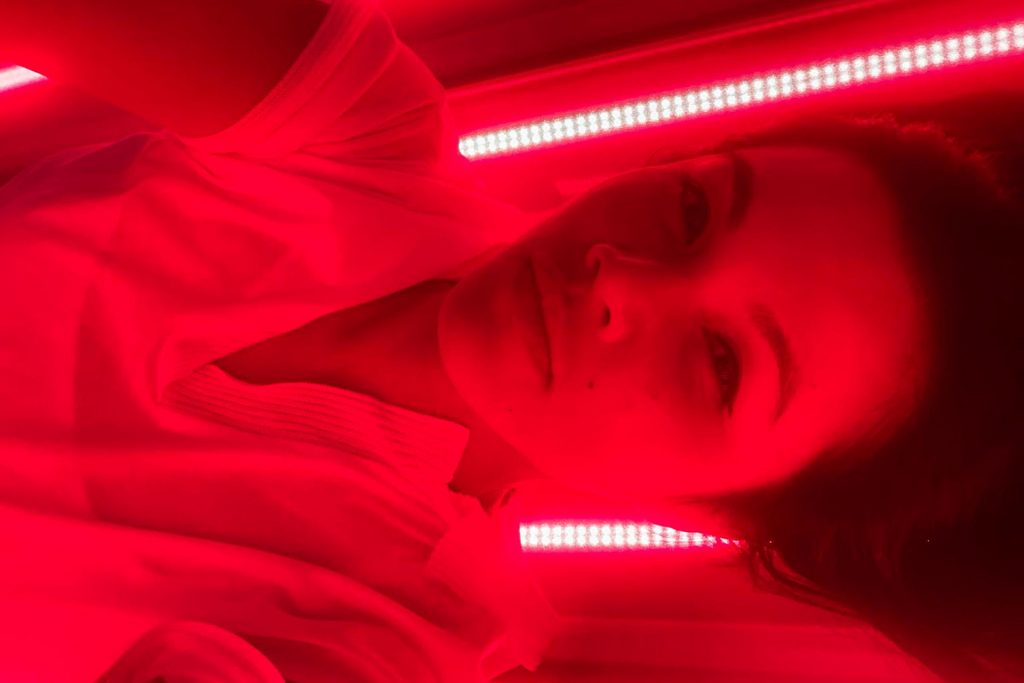|
Getting your Trinity Audio player ready...
|
Red Light Therapy is important for knee injuries because it provides a non-invasive, drug-free method to accelerate healing and recovery. The therapy works by penetrating deep into the tissues, stimulating cellular activity and increasing blood flow. This enhanced circulation ensures that more nutrients and oxygen reach the injured area, critical for healing.
By targeting specific wavelengths of light, red light therapy benefits knee pain by penetrating deep into the skin, where it is absorbed by cells, triggering a cascade of biological processes that result in numerous health benefits.
The dynamic power of red light therapy to boost his knee muscle strength and improve functional outcomes. In clinical rehabilitation, it is known for its broad applications. Low-level infrared light offers a spectrum of physiological benefits, providing effective pain management and enhancing bodily functional activities.
Myosatellite Cells in Muscle Recovery
Myosatellite cells, also known as satellite cells, are a type of stem cell found in skeletal muscle that plays a crucial role in muscle growth, repair and regeneration. These cells are typically quiescent, meaning they remain inactive until activated in response to muscle injury or damage.
Myosatellite cells are small, mononucleated cells located between the cell membrane (sarcolemma) and the basement membrane of mature skeletal muscle fibers. They have minimal cytoplasm, making them difficult to identify under light microscopy. These cells act as a ‘reserve’ population of undifferentiated precursor cells responsible for skeletal muscle regeneration. Upon activation, they proliferate and differentiate into myoblasts, fusing to form new muscle fibers or repairing damaged ones.
These cells are essential for muscle recovery after injury. They can join existing muscle fibers or form new fibers, allowing skeletal muscle tissue regeneration. This process is critical for maintaining muscle function and preventing muscle atrophy.
Red Light Therapy, which uses low-level light to stimulate cellular activity, can enhance the function of myosatellite cells. By increasing ATP production and reducing oxidative stress, red light therapy can promote the proliferation and differentiation of myosatellite cells, leading to faster muscle recovery and improved muscle function.
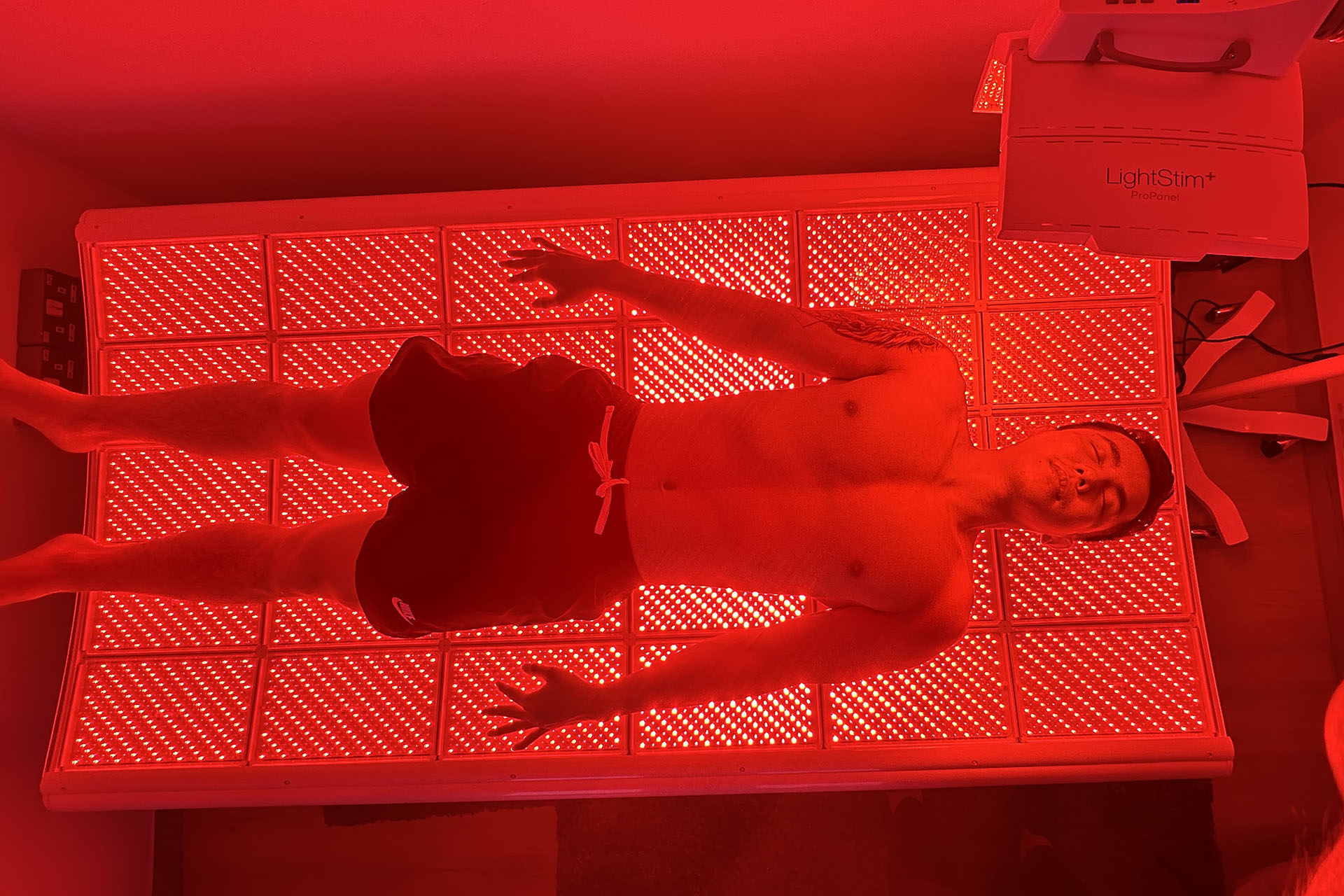
Red Light Therapy and Angiogenesis
Angiogenesis, the process of forming new blood vessels, is critical to wound healing and tissue regeneration. Red light therapy has been shown to enhance angiogenesis by increasing the expression of vascular endothelial growth factor (VEGF) and promoting the proliferation and migration of endothelial cells. The regulation of angiogenesis is tightly controlled to ensure that new blood vessels are formed only when and where they are needed.
Pro-angiogenic factors, such as VEGF, EGFR, PDGFR, and TIE2, promote angiogenesis, while anti-angiogenic factors, such as angiostatin, endostatin, and thrombospondin, inhibit it.
Red Light Therapy can enhance angiogenesis by stimulating the production of pro-angiogenic factors and reducing oxidative stress. This can improve wound healing, tissue regeneration, and overall health. However, the regulation of angiogenesis is complex, and RLT must be controlled to avoid any adverse effects.
Red Light Therapy Enhances Function of Myotubes Leading to Muscle Performance
Myotubes, immature muscle fibers, are crucial in muscle development and regeneration. Red Light Therapy has been shown to enhance the function of myotubes, leading to improved muscle performance and recovery. Studies indicate that photobiomodulation (PBM) can increase myotubes’ mitochondrial membrane potential and ATP synthesis, which are essential for muscle contraction and relaxation.
The mechanisms by which RLT enhances muscle performance and recovery involve stimulating mitochondrial activity, leading to increased ATP production. This is achieved through light absorption by cytochrome c oxidase, a key component of the mitochondrial electron transport chain. The increased ATP production enhances muscle contraction force and endurance, resulting in better performance and faster recovery.
The timing and dosimetry of Red Light Therapy are critical factors in achieving optimal results. Studies have shown that the peak response for ATP synthesis in myotubes occurs between 3 and 6 hours after treatment, with significant differences observed at various time points. The dosimetry of RLT, including parameters such as wavelength, power density, and fluence, also plays a crucial role in determining the effectiveness of the treatment.
Red Light Therapy has various clinical applications, including preventing muscle damage and fatigue, enhancing muscle performance, and improving exercise recovery. It can be used as a standalone treatment or in combination with other therapies, such as strength training, to optimize muscle function and recovery.
HelloPhysio is committed to providing the latest evidence-based manual therapy strategies and adjunctive modalities to aid in acute injuries and musculoskeletal dysfunctions. Schedule a LightStim® Red Light Therapy Session today. Find out more about our 2-week unlimited LightStim® Red Light Therapy package.

